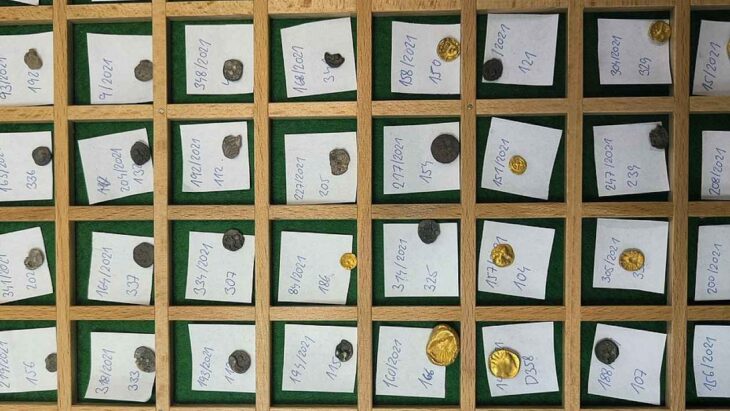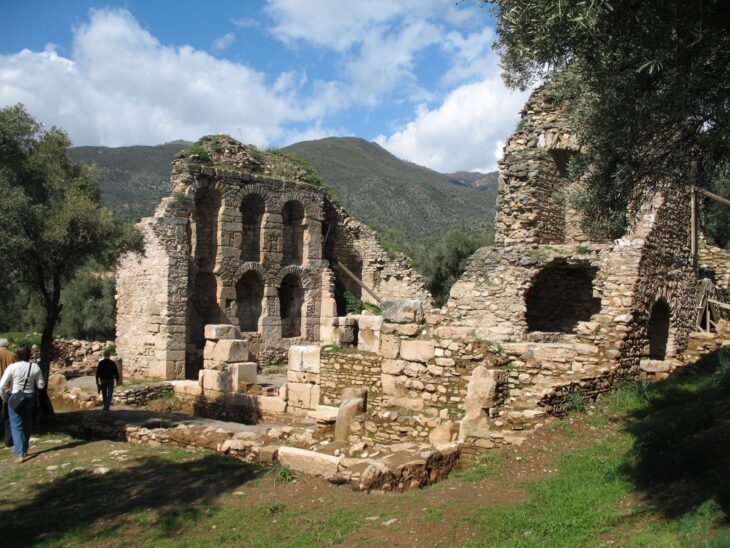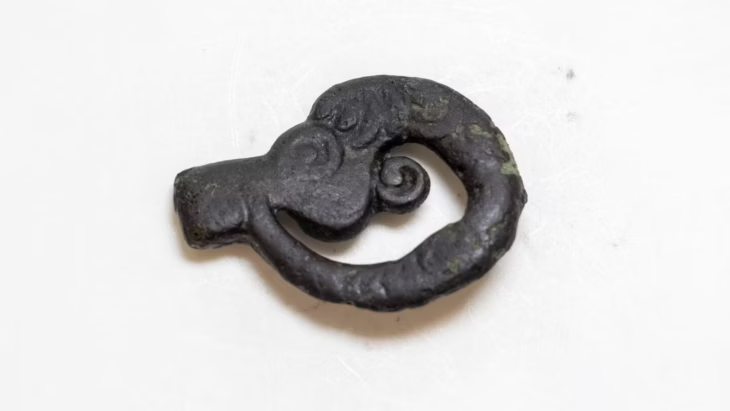More than 2000 years ago, Aboriginal Australians were producing ceramics on a secluded island about 35 kilometers off the coast of Queensland. This discovery of the oldest pottery in Australia has challenged “colonialist stereotypes” according to researchers.
Archaeologists found 82 pieces of pottery shards dating between 2000 and 3000 years old on the Lizard Island Group (Jiigurru), off the Far North Queensland coast.
Archaeologists excavated the 2.4-meter-deep midden over two years to discover evidence of occupation, such as the remains of shellfish and fish collected and eaten by people on the island. Less than a meter below the surface, the team found dozens of pottery sherds dating between 2000 and 3000 years old—the oldest pottery ever discovered in Australia.
The site provides evidence of human habitation for about 6,000 years, revealing Jiigurru as the earliest known offshore island occupied on the northern Great Barrier Reef.
Pottery fragments are the earliest securely dated, locally produced pottery found in Australia that pre-dates the arrival of Europeans. This discovery overturns the long-held belief that the first Australians did not produce ceramics or did not have the maritime technology to produce ceramics for long periods.
📣 Our WhatsApp channel is now LIVE! Stay up-to-date with the latest news and updates, just click here to follow us on WhatsApp and never miss a thing!!
In their paper in the journal Quaternary Science Reviews, the researchers argue that the discovery shows that Aboriginal people on Jiigurru (Lizard Island) were not only aware of pottery thousands of years before European colonization but were making it themselves.

Pottery fragments from the Aboriginal people who lived on the island could open up “a whole new chapter in Australia’s history,” according to Ian McNiven, a Monash University professor of Indigenous archaeology and one of the paper’s first authors.
“These findings not only open a new chapter in Australian, Melanesian, and Pacific archaeology but also challenge colonialist stereotypes by highlighting the complexity and innovation of Aboriginal communities,” Professor McNiven said.
Geological analysis indicated the pottery was locally produced using clays from the island.
Centre of Excellence for Australian Biodiversity and Heritage (CABAH) chief investigator Sean Ulm said the discovery revealed Aboriginal communities in north Queensland had connections with pottery-making communities of New Guinea.
Despite the difficulty in identifying the sherds, Ulm says they are probably small pots.

“The thin-walled sherds could indicate that the vessels [are] plain globular pots, with either everted rim or out curving rim, which usually thicken at the rim/neck/shoulder and gradually thin toward the base.
“However, as the sample size is quite small and the pieces highly fragmented, this would need further investigation to confirm.”
“We estimate the orifice of one is a little more than 20 cm, however, given the rim sherd comprises less than 3% of the total rim, this is only an approximation.”
Ancient Aboriginal people are known for technologies like fish traps, fire management, and the bark canoe.
“[But] nobody thought that Aboriginal people made pottery,” Professor McNiven said.
“Australia seemed to be the only continent in the world that never had a pottery tradition.”
Despite the discovery, however, others query why Aboriginal people would have needed pottery.
The researchers say the discovery reveals that the Aboriginal communities in North Queensland had connections with the pottery-making communities of New Guinea.
https://doi.org/10.1016/j.quascirev.2024.108624
Cover Photo: Sean Ulm
















